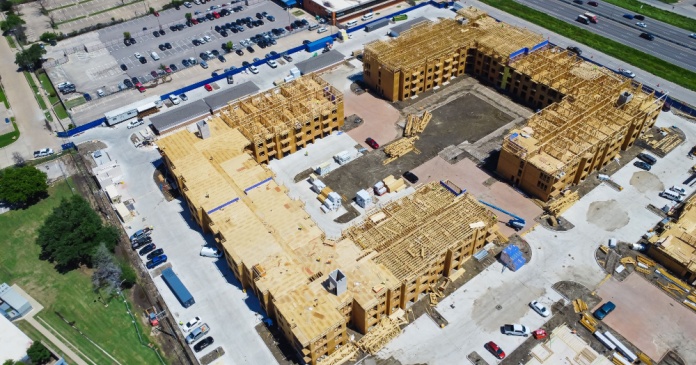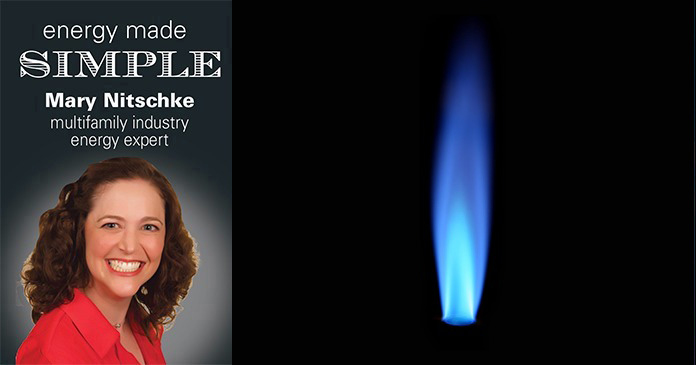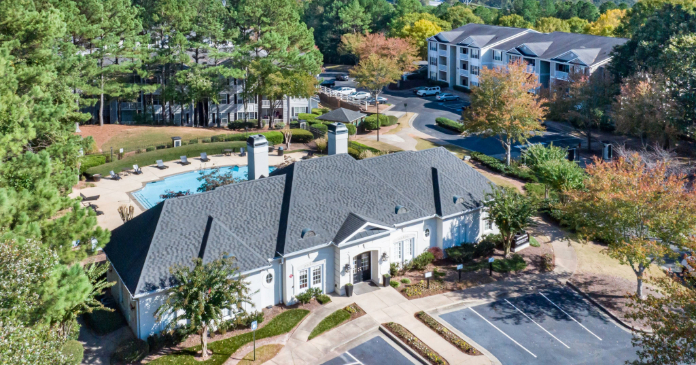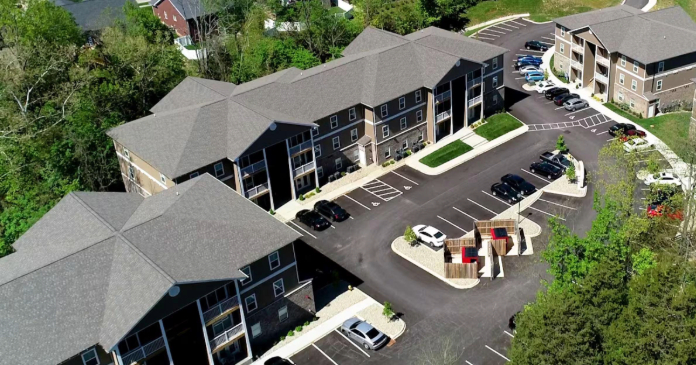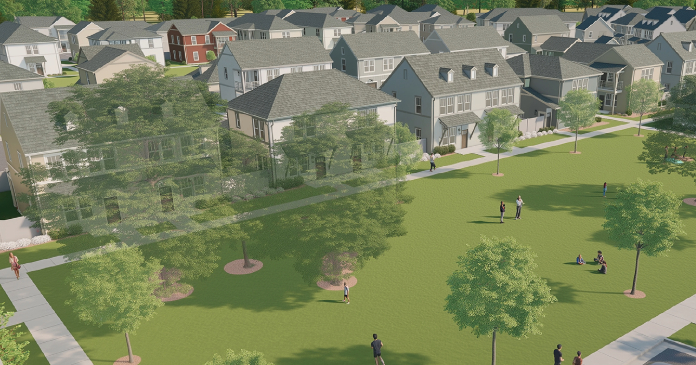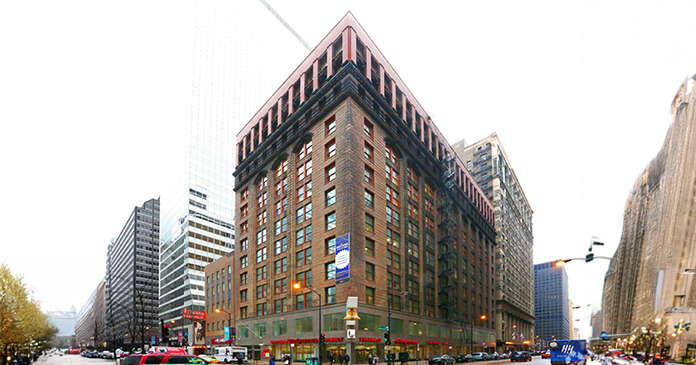The latest rent report from Yardi Matrix shows record high asking apartment rents for the country as-a-whole in October, with single family rental (SFR) rent growth again outpacing that of multifamily.
Rents up sharply
Yardi Matrix reported that the national average apartment rent rose $23 in October to $1,572 per month. The national average apartment rent was up 13.7 percent from its year-earlier level. Occupancy of multifamily rentals was up 1.4 percent year-over-year, reaching the highest level Yardi Matrix has yet recorded, 96.1 percent.
The rent figures being tracked by Yardi Matrix are asking rents for vacant units.
Yardi Matrix reported that SFR rents were up 14.7 percent year-over-year, driven by high demand. Occupancy of single-family rentals was up 0.8 percent year-over-year through September.
Rent growth rate rising
Of the top 30 metros by population, the ones with the lowest annual apartment rent increases as ranked by Yardi Matrix are given in the table, below, along with their annual percentage rent changes.
Yardi Matrix designates 7 “gateway metros”. They are Boston, Chicago, Los Angeles, New York, Miami, San Francisco and Washington DC. Before the pandemic, these metros were attracting residents with their employment and recreation opportunities despite their high rents. They were hard hit by the pandemic as population density became a threat and recreation venues were shut down. Their recovery from the pandemic generally lags that of the rest of the country, with 5 of the 7 earning places on the list of metros with the slowest rates of rent growth. However, all the gateway metros have achieved positive year-over-year rent growth for several months now and their rate of year-over-year growth has continued to increase even into the time of the year when rent growth typically ceases or turns negative.
| Metro | YoY rent change % |
| Twin Cities | 4.8 |
| San Francisco | 5.6 |
| Kansas City | 7.0 |
| San Jose | 7.6 |
| New York | 8.3 |
| Washington DC | 9.5 |
| Los Angeles | 9.8 |
| Boston | 10.3 |
| Houston | 10.3 |
| Indianapolis | 10.4 |
The major metros with the largest year-over-year apartment rent growth as determined by Yardi Matrix are listed in the next table, below, along with the year-over-year rent increases for the metros.
| Metro | YoY rent change % |
| Phoenix | 26.3 |
| Tampa | 25.8 |
| Las Vegas | 23.0 |
| Miami Metro | 22.9 |
| Orlando | 21.4 |
| Austin | 20.7 |
| Atlanta | 20.2 |
| Raleigh | 19.7 |
| Charlotte | 18.6 |
| Inland Empire | 18.5 |
What’s driving growth?
Yardi Matrix suggests that the high rent increases are a result of increasing occupancy and increasing occupancy is a result of the growth in employment. Of the top 30 metros, the 6-month moving average increase in employment for the 10 metros with the highest rent growth was 5.5 percent. The 10 metros with the lowest rent growth had an average employment increase of 4.0 percent.
SFR outperforms
Yardi Matrix also reported on the top 30 metros for single family rentals. The leading metros for year-over-year rent growth were Miami (41.9 percent) and Tampa (41.0 percent). All 30 of the metros covered saw positive rent growth for the year, although 8 of the metros saw occupancy decline during the month. Oddly, Atlanta was number 5 on the list for fastest rent growth despite seeing the largest occupancy decline during the month.
Making comparisons
It is interesting to compare the Yardi Matrix finding of a rental vacancy rate of 3.9 percent in October with the recent report from the Census Bureau that placed the rental vacancy rate for buildings with 5 or more units at 6.8 percent in Q3. The Yardi Matrix data is for stabilized properties that are typically managed by large, sophisticated companies. The Census Bureau attempts to collect data reflecting the conditions at all rental property in the United States. This difference in the sample surveyed and the difference in the time period in which the data was collected may account for the differing results.
Recent data from Apartment List suggests that the national apartment vacancy rate hit a low of 3.8 percent in August but rose to 4.1 percent in October. This gives a slightly different impression of the state of the multifamily rental market than does the Yardi Matrix report. However, Apartment List reported national rent growth of 16 percent year-over-year and 0.8 percent month-over-month. Both of these are close to the Yardi Matrix figures despite Apartment List tracking transacted rents rather than asking rents, as does Yardi Matrix.
The complete Yardi Matrix report discusses some of the smaller multifamily housing markets. It has more information about the larger multifamily markets including numbers on job growth and completions of new units. It also includes charts showing the history of rent changes in 18 of the top 30 markets over the last 4 years. It can be found here.




